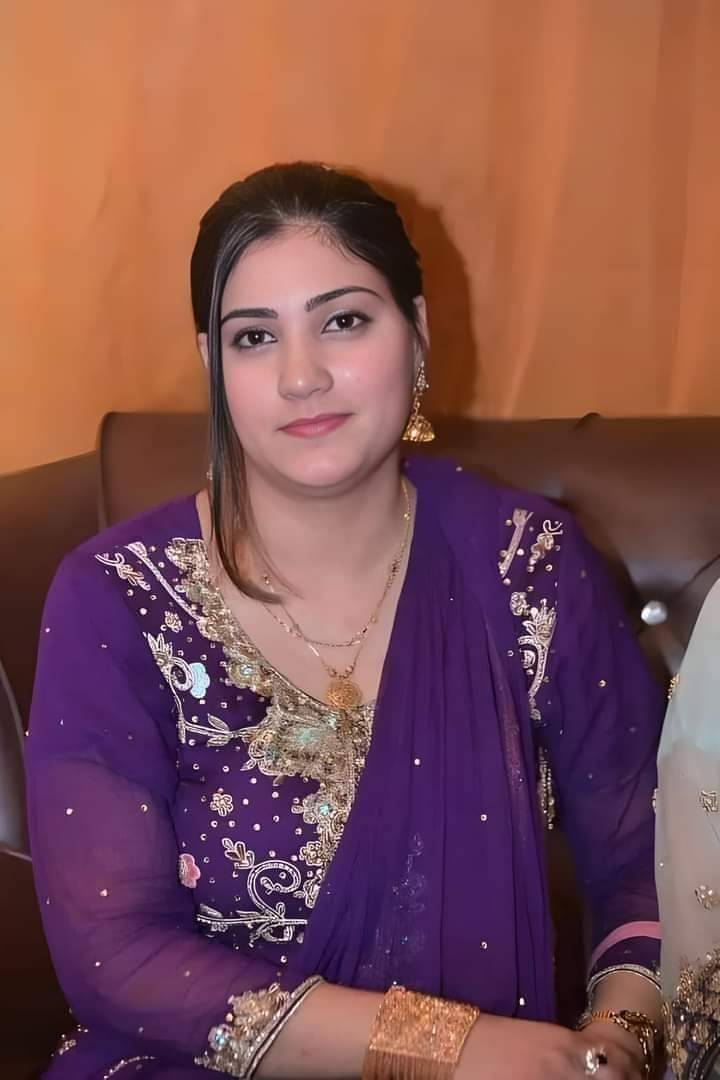Introduction:
In the cultural fabric of Pakistan, the term “Zaroorat Rishta” occupies a prominent place, reflecting the intricate dynamics of arranged marriages that are deeply embedded in societal norms. Literally translating to “necessary proposal” or “urgent match,” Zaroorat Rishta encapsulates the urgency and societal pressure surrounding the institution of marriage. While the concept might seem straightforward, a deeper exploration reveals a multifaceted phenomenon shaped by tradition, economic considerations, societal expectations, and individual aspirations. This article aims to unravel the complexities of Zaroorat Rishta, examining its cultural significance, the pressures it generates, and the personal experiences it encompasses.

Cultural Significance of Zaroorat Rishta:
In Pakistani culture, marriage is often viewed as a crucial milestone in an individual’s life, symbolizing social stability and family honor. Arranged marriages, facilitated by families, relatives, or professional matchmakers, are the norm. Zaroorat Rishta, however, introduces an element of urgency, emphasizing the necessity of finding a suitable match promptly. This urgency can arise from various factors, including the individual’s age, family expectations, and societal pressures.

The societal emphasis on timely marriages is particularly pronounced for women. Cultural norms often dictate that women should marry at a relatively young age, and those who remain unmarried beyond their mid-twenties may face scrutiny or be labeled as “leftovers.” This societal pressure extends to men as well, albeit to a lesser degree, as they are expected to establish themselves economically before marriage. The notion of Zaroorat Rishta thus underscores the intersection of age, gender, and societal expectations in the context of marriage.
Economic Considerations and Matrimonial Alliances:
Economic factors play a significant role in shaping the concept of Zaroorat Rishta. Families often seek matrimonial alliances that can enhance their social standing, financial stability, and overall prospects. In this context, the economic background, educational qualifications, and career prospects of prospective partners are meticulously evaluated. The matchmaking process becomes a strategic endeavor aimed at securing a prosperous future for both parties involved.
For many families, Zaroorat Rishta represents a pragmatic approach to ensuring economic security and social mobility. Financial stability and material possessions can become crucial criteria in the selection process, with families prioritizing alliances that offer tangible benefits. This pragmatic approach can sometimes overshadow considerations of emotional compatibility and personal aspirations, reducing individuals to a checklist of qualifications and assets.
The Role of Matchmakers and Matrimonial Ads:
The pursuit of Zaroorat Rishta often involves the services of matchmakers or matrimonial ads in newspapers and online platforms. Matchmakers, known as “rishta aunties,” play a pivotal role in connecting families and facilitating the matchmaking process. They leverage their networks and experience to identify potential matches that align with the family’s criteria. Matrimonial ads, on the other hand, provide a platform for families to advertise their requirements and preferences, seeking proposals from like-minded individuals.
These avenues, while effective in expediting the matchmaking process, can also perpetuate stereotypes and reinforce societal expectations. Matrimonial ads often emphasize attributes such as fair complexion, slim physique, and specific educational qualifications, reflecting deeply ingrained biases and cultural norms. The commodification of individuals through such advertisements can undermine the essence of companionship and mutual respect that marriage should ideally embody.
The Human Experience: Navigating Tradition and Personal Aspirations:
Beneath the surface of societal expectations and economic considerations lies the human experience of those involved in Zaroorat Rishta. For individuals labeled as seeking urgent matches, the journey towards marriage can be fraught with a myriad of emotions, challenges, and dilemmas. The pressure to conform to societal norms, fulfill familial expectations, and meet economic criteria can overshadow their quest for genuine companionship and personal fulfillment.
Women, in particular, often bear the brunt of these pressures. The expectation to marry at a young age, coupled with societal scrutiny, can lead to feelings of inadequacy and anxiety. Many women find themselves navigating a delicate balance between upholding family honor and pursuing their own aspirations. This tension between tradition and autonomy is a recurring theme in the narratives of those seeking Zaroorat Rishta.

For men, the pressure to establish financial stability before marriage can be equally daunting. The burden of being the primary breadwinner and meeting societal expectations can overshadow their desire for a partner who aligns with their values and interests. This economic imperative can sometimes lead to compromises that affect the quality of the marital relationship in the long run.
Challenges and Misconceptions:
The portrayal of Zaroorat Rishta in popular culture and media often perpetuates stereotypes and misconceptions surrounding arranged marriages in Pakistan. Television dramas, films, and literature frequently depict arranged marriages either as romantic fairy tales or as oppressive arrangements devoid of agency. These representations, while sensational, fail to capture the nuanced realities of arranged marriages and the diverse experiences of individuals involved.
One common misconception is that arranged marriages lack love and emotional connection. While it is true that arranged marriages prioritize familial and economic considerations, many couples in arranged marriages develop deep emotional bonds over time. Love and companionship can flourish within the framework of an arranged marriage, challenging the notion that such unions are devoid of genuine affection.
Another misconception is that individuals seeking Zaroorat Rishta are passive participants with little say in the matchmaking process. In reality, many individuals actively engage in the process, expressing their preferences and rejecting proposals that do not align with their values. The agency of individuals in arranged marriages is often underestimated, overshadowed by the dominant narrative of family control.
Conclusion:
In conclusion, Zaroorat Rishta serves as a microcosm of the intricate dynamics shaping arranged marriages in Pakistani society. It reflects societal pressures, economic considerations, and cultural norms, while also embodying the quest for love, companionship, and personal fulfillment. By unraveling the layers of tradition and individual agency intertwined with Zaroorat Rishta, we can foster a more nuanced understanding of arranged marriages and pave the way for a more inclusive and empathetic approach towards matrimonial matchmaking.
Ultimately, the concept of Zaroorat Rishta underscores the importance of balancing tradition with personal aspirations. It challenges us to reconsider the criteria by which we evaluate potential partners, prioritizing emotional compatibility and mutual respect over superficial attributes. As society continues to evolve, it is crucial to create spaces for open dialogue and understanding, allowing individuals to navigate the complexities of marriage with dignity and agency. Only then can we move towards a future where Zaroorat Rishta is not just about urgency, but about meaningful connections and shared dreams.
